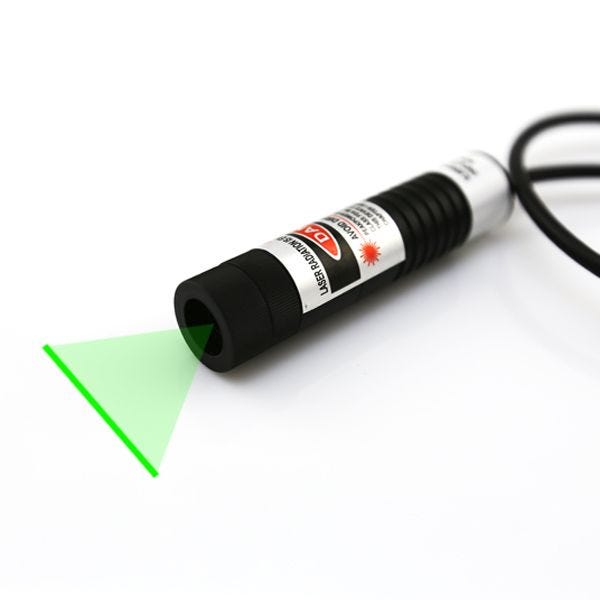Laser diodes—semiconductor devices that emit coherent light when electrically biased—are integral to a range of applications, from telecommunications and medical devices to consumer electronics and industrial automation. As demand for high-performance, compact, and energy-efficient light sources grows, the role of laser diode manufacturers becomes increasingly crucial in enabling innovation across sectors. This article explores the current landscape of laser diode manufacturers, highlighting key players, technological advancements, and market dynamics shaping the industry.
Understanding Laser Diodes and Their Applications
Laser diodes operate on the principle of stimulated emission and are known for their efficiency, reliability, and scalability. These characteristics make them essential components in:
-
Telecommunications: Fiber-optic communication systems rely heavily on laser diodes for signal transmission.
-
Healthcare and Medical Devices: Used in laser surgery, dental applications, and diagnostic equipment.
-
Consumer Electronics: Optical drives, barcode scanners, and laser printers.
-
Industrial Manufacturing: Laser cutting, engraving, and material processing.
-
Automotive: Advanced Driver Assistance Systems (ADAS) and LiDAR technologies.
Leading Laser Diode Manufacturers
Several companies dominate the global laser diode market through innovation, scale, and strategic positioning. Notable players include:
1. Coherent Corp. (formerly II-VI Incorporated)
Headquartered in the United States, Coherent is a global leader in photonics and laser technology. The company provides a broad portfolio of laser diodes for industrial, medical, and scientific applications. Its 2022 merger with II-VI significantly expanded its capabilities and market reach.
2. OSRAM Opto Semiconductors
A subsidiary of AMS-OSRAM, this German-based manufacturer is a major supplier of optoelectronic components, including laser diodes for automotive, consumer, and industrial uses. OSRAM is recognized for its contributions to high-power laser diode development for LiDAR and projection systems.
3. Sony Corporation
While best known for its consumer electronics, Sony is also a significant manufacturer of laser diodes, particularly for Blu-ray and optical storage technologies. Sony’s expertise in miniaturization and integration makes its diodes prevalent in portable and embedded systems.
4. Nichia Corporation
Based in Japan, Nichia is a pioneer in optoelectronic innovation. It was the first to develop blue and white LEDs and continues to produce high-performance laser diodes for displays, projectors, and automotive applications.
5. Hamamatsu Photonics
A Japanese company renowned for precision optoelectronic devices, Hamamatsu offers a variety of laser diodes optimized for scientific research, medical diagnostics, and industrial quality control.
6. Ushio Inc.
Also headquartered in Japan, Ushio manufactures laser diodes and other light sources for specialized applications such as semiconductor lithography, life sciences, and digital projection.
Emerging Players and Trends
As the market expands, several startups and regional manufacturers are carving out niches in specialized or cost-sensitive segments. Noteworthy trends include:
-
Miniaturization: Ongoing R&D focuses on developing smaller, more efficient laser diodes for wearables and mobile devices.
-
Wavelength Diversity: Manufacturers are expanding their product ranges to cover a broader spectrum, enabling new applications in sensing and spectroscopy.
-
Integration with Photonic ICs: Laser diodes are increasingly integrated into photonic integrated circuits, especially in data centers and AI computing platforms.
-
Green Manufacturing: Environmental regulations and customer demand are pushing manufacturers toward sustainable production methods and materials.
Challenges in the Laser Diode Industry
Despite strong demand, manufacturers face several challenges:
-
Supply Chain Disruptions: Semiconductor shortages and geopolitical tensions have affected raw material availability and logistics.
-
Thermal Management: High-power diodes generate heat, requiring sophisticated cooling solutions to maintain performance and longevity.
-
Cost Pressure: Intense competition, particularly in consumer applications, pushes manufacturers to balance performance with affordability.
Conclusion
The global laser diode manufacturing industry is both competitive and dynamic, driven by technological advancements and expanding applications. With industry leaders pushing the boundaries of performance and emerging players bringing innovative solutions to market, laser diodes are poised to remain at the forefront of the photonics revolution. As industries move toward smarter, faster, and more efficient systems, laser diode manufacturers will play a pivotal role in shaping the future of light-based technologies.









